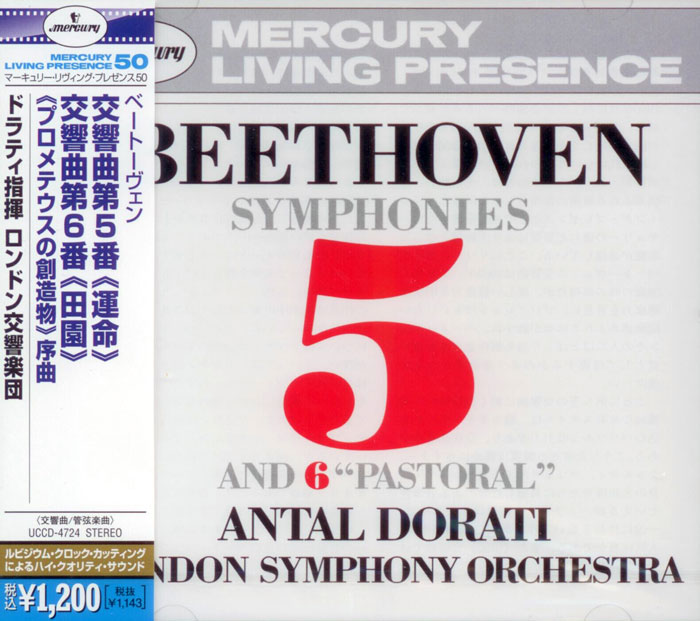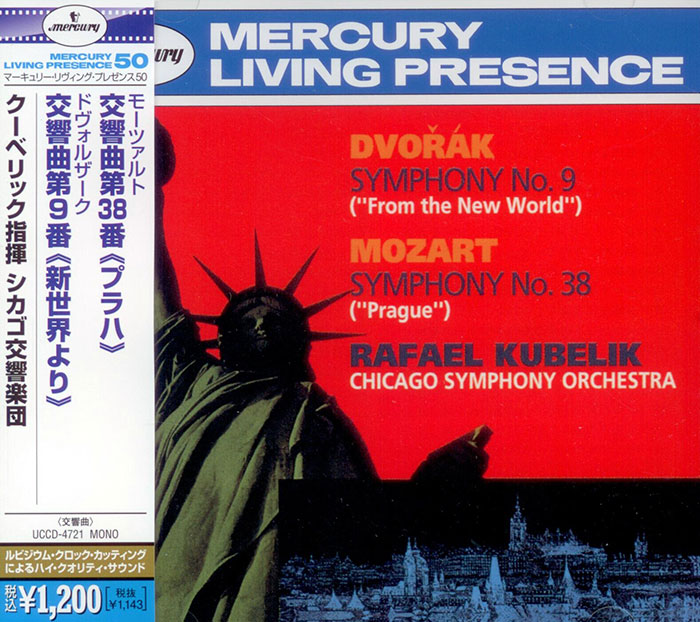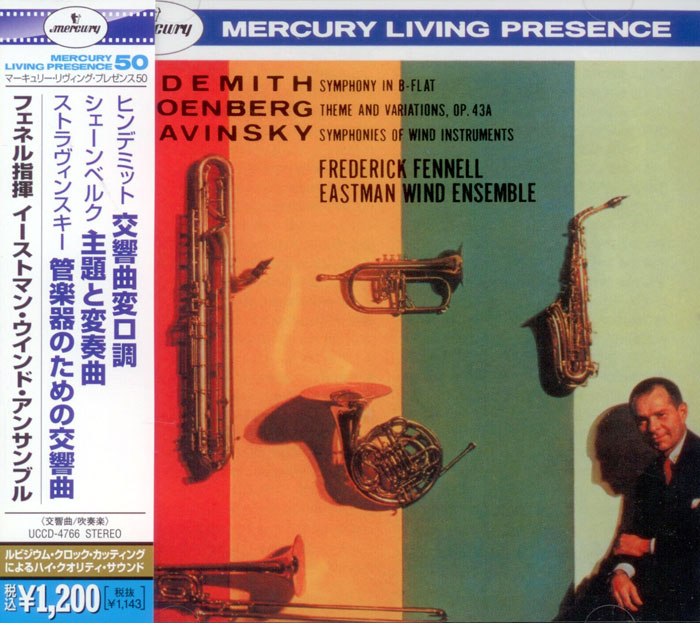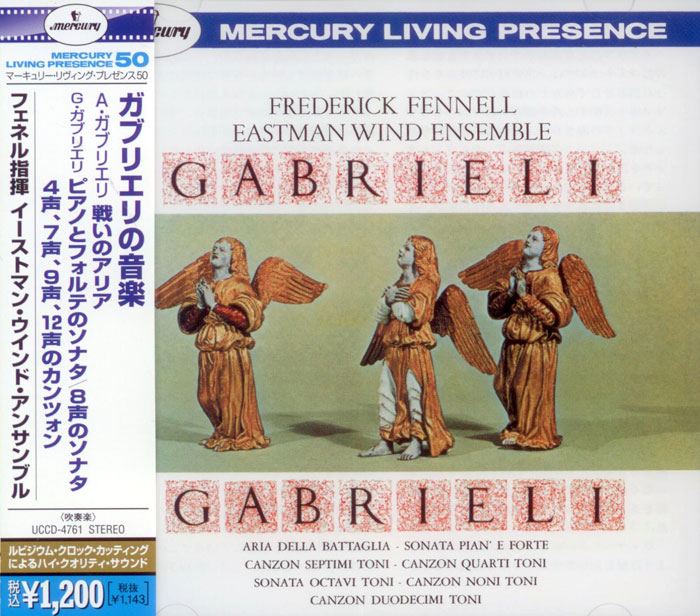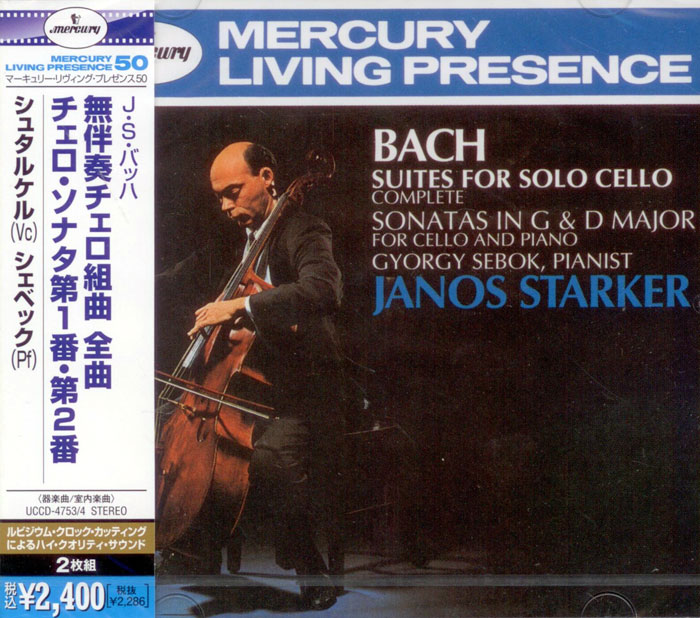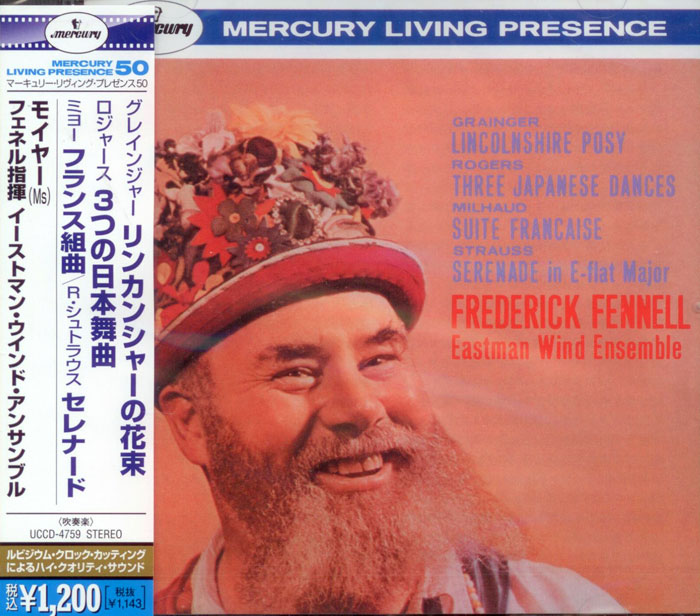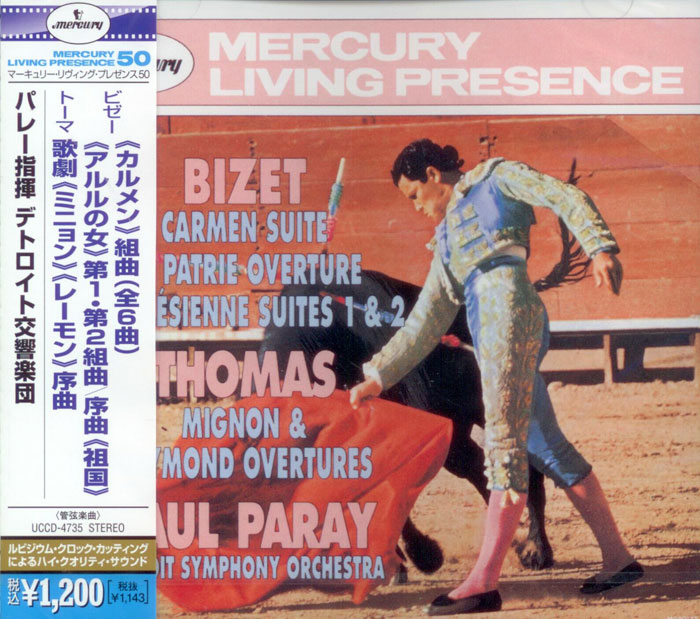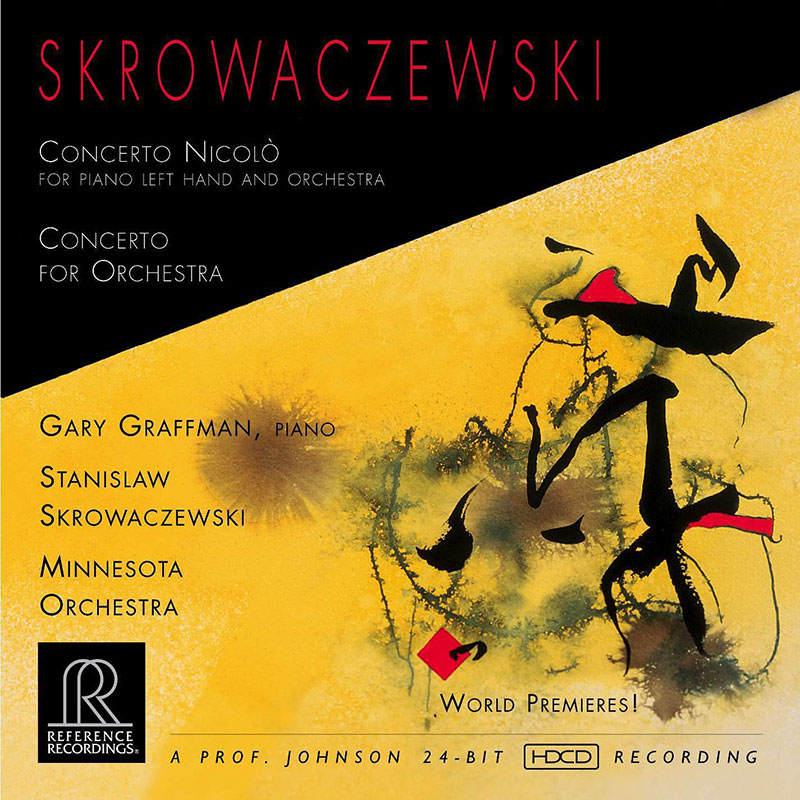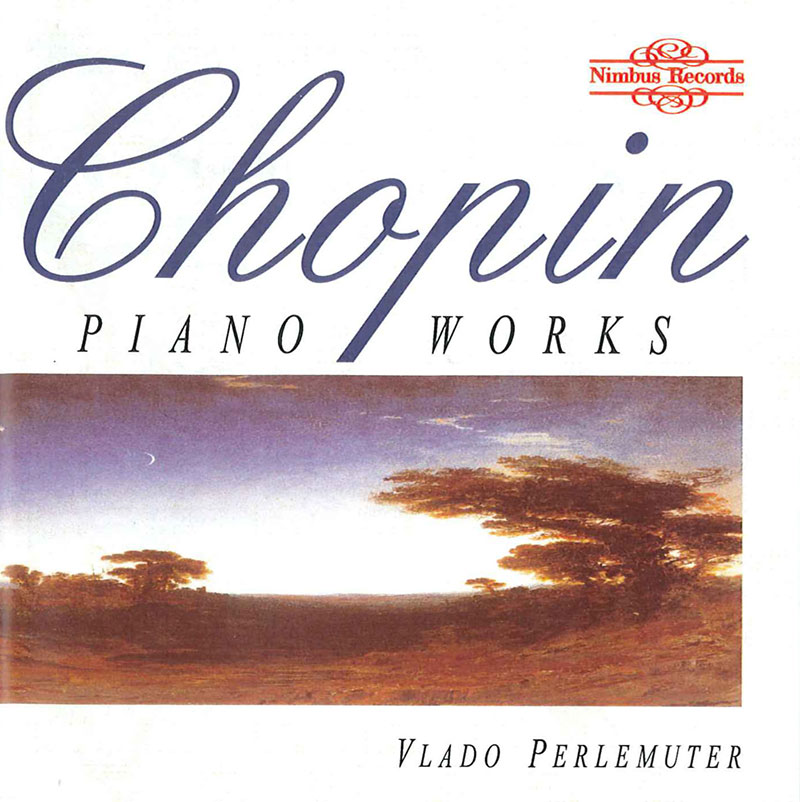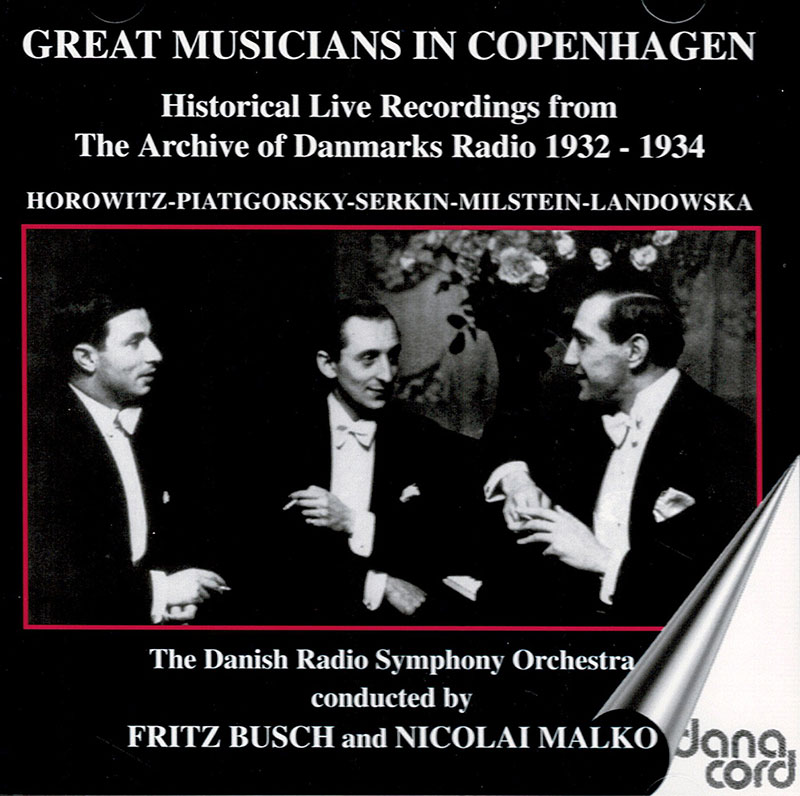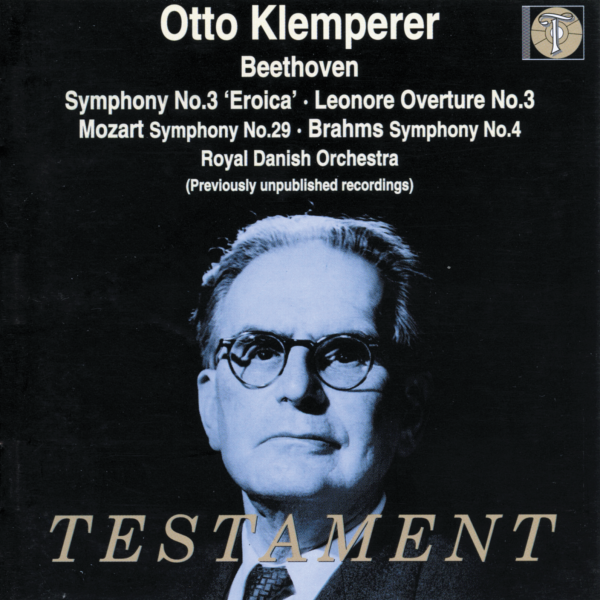Logowanie
Dlaczego wszystkjie inne nie brzmią tak jak te?
Chai Lang, Fan Tao, Broadcasting Chinese Orchestra
Illusive Butterfly
Butterly - motyl - to sekret i tajemnica muzyki chińskiej.
Brzmią jak sen na jawie
KHACHATURIAN, SHOSTAKOVICH, Antal Dorati, Stanislaw Skrowaczewski, The London Symphony Orchestra
Gayne / Symphony No. 5 in D minor, Op. 47
Stanisław Skrowaczewski,
Winylowy niezbędnik
ClearAudio
Cartridge Alignment Gauge - uniwersalny przyrząd do ustawiania geometrii wkładki i ramienia
Jedyny na rynku, tak wszechstronny i właściwy do każdego typu gramofonu!
ClearAudio
Harmo-nicer - nie tylko mata gramofonowa
Najlepsze rozwiązania leżą tuż obok
IDEALNA MATA ANTYPOŚLIZGOWA I ANTYWIBRACYJNA.
Osobowości
SKROWACZEWSKI, Stanislaw Skrowaczewski, Minnesota Orchestra
Concerto Nicolo for piano left hand and orchestra
WORLD PREMIERE!
BRAHMS, MOZART, BEETHOVEN, Otto Klemperer, Rayal Danish Orchestra
Symphonies
- 1. Symphony no 3 in E flat major, Op. 55 "Eroica" by Ludwig van Beethoven
- Conductor: Otto Klemperer
- Orchestra/Ensemble: Royal Danish Orchestra
- Country of Origin: Vienna, Austria
- Period: Classical
- Written: 1803
- 2. Leonore Overture no 3 in C major, Op. 72a by Ludwig van Beethoven
- Conductor: Otto Klemperer
- Orchestra/Ensemble: Royal Danish Orchestra
- Country of Origin: Vienna, Austria
- Period: Classical
- Written: 1805-1806
- 3. Symphony no 29 in A major, K 201 (186a) by Wolfgang Amadeus Mozart
- Conductor: Otto Klemperer
- Orchestra/Ensemble: Royal Danish Orchestra
- Country of Origin: Salzburg, Austria
- Period: Classical
- Written: 1774
- 4. Symphony no 4 in E minor, Op. 98 by Johannes Brahms
- Conductor: Otto Klemperer
- Orchestra/Ensemble: Royal Danish Orchestra
- Country of Origin: Austria
- Period: Romantic
- Written: 1884-1885
- Otto Klemperer - conductor
- Rayal Danish Orchestra - orchestra
- BRAHMS
- MOZART
- BEETHOVEN
Nawet teraz, 38 lat po śmierci Klemerera członkowie brytyjskich orkiestr grają według standardów ustanowionych przez tego genialnego dyrygenta. Człowiek, który na samym początku kariery zaimponował Gustavowi Mahlerowi wykonując jego scherzo z pamięci. Prowadził orkiestry w Los Angeles, Berlinie, Nowym Yorku, Philadelphii, Londynie. W 1937 pomagał w reorganizacji Pittsburgh Symphony Orchestra. Był związany również z operami w Hamburgu i Berlinie. W wielu miejscach występował gościnnie. Niezwykła osobowość, niezłomny charakter. Nawet, gdy cierpiał na powikłania związane z guzem mózgu nie unikał twórczej pracy. W 1951 roku wypadek na lotnisku w Montrealu zmusił go dyrygowania z krzesła. Żeby udowodnić swoje kompetencje wynajął własną orkiestrę, która zagrała wybrane przez niego utwory w Carnegie Hall. Próba była udana, ale Amerykanie nie dali się przekonać - Klemerer powrócił więc do Europy gdzie nadal koncertował - we Włoszech, Szwajcarii, oraz Niemczech. Postać niezwykle barwna, ciekawa, co objawia się w jego nagraniach. Warto prześledzić tę historię. Niniejsze dwupłytowe wydanie, pochodzące z archiwów EMI powstało z udziałem Royal Danish Orchestra uważanej za najstarszą orkiestrę, której korzenie sięgają 1448 roku. Admirers of Otto Klemperer will be heartened by the contents of this disc (which he probably never would have authorized) if only to prove to his detractors that his reputation for leaden tempos is indeed unjustified. The performances here, recorded in mono from live concerts from Copenhagen in 1954 and 1957, also strongly suggest that despite his persistently weak physical state he was able to rouse even a second-rate orchestra to great heights of passionate exuberance. Klemperer recorded all these works in the studio and all of them have become classics in their own right, especially his two traversals of the Eroica and the Brahms Fourth Symphony for EMI, and this disc hardly displaces them in the discography. Nonetheless, with the exception of the Mozart A major Symphony, these performances are truly incendiary, sometimes to the point of combustion and often at the expense of clean ensemble and good intonation. The Eroica from 1957 appears on the second disc as a fragment of a concert that also included Bach's Third Orchestral Suite and Haydn's "Clock" Symphony. In all the movements, Klemperer's tempos are slightly faster than in his 1955 EMI recording, and, as this work always brought out the best in him, it's clearly the highlight of this two-disc set, featuring blazing trumpets, good solo playing (except for the flute's fourth-movement solo at 4:03), and an utterly propulsive determination by the conductor, who apparently substituted the Beethoven for another Brahms symphony for this concert upon his arrival in Denmark. The Brahms Fourth from the 1954 concert also is quite a bit faster (especially in the first and second movements) than his 1957 recording on EMI with the Philharmonia Orchestra. Klemperer adopts a sweeping sense of urgency that never lets up until the final chords, and yet he retains the same predilection for drama and heft, signaled in the slight pauses before the sforzando-fortissimo sections in the third movement. The second movement feels a bit too rushed (even though it comes in only 46 seconds faster than his studio version), but it works when considering the overall vision of this particular performance. At times the Royal Danish Orchestra sounds as if it can barely keep pace with Klemperer, and the 16th-note passages throughout (no doubt aided by the primitive mono recording and hall acoustics) come across as less than immaculate. An unexceptional and sometimes logy Mozart symphony follows a fiery Leonore No. 3 that suffers from an inauspicious opening (the first note is approximate and there's some sour wind playing) but recovers once the main theme takes hold. The solo offstage trumpet resonates like a bugle and the strings just barely scrape by their rapid scale passage before the return of the main theme toward the end. Testament has done a good job re-mastering this tape, offering punchy dynamic mono sound that is only marred by an expected stridency and blariness typical of vintage live concerts. For the uninitiated, stick with Klemperer's studio versions as first choice in all of these pieces. (Michael Liebowitz, ClassicsToday.com)






